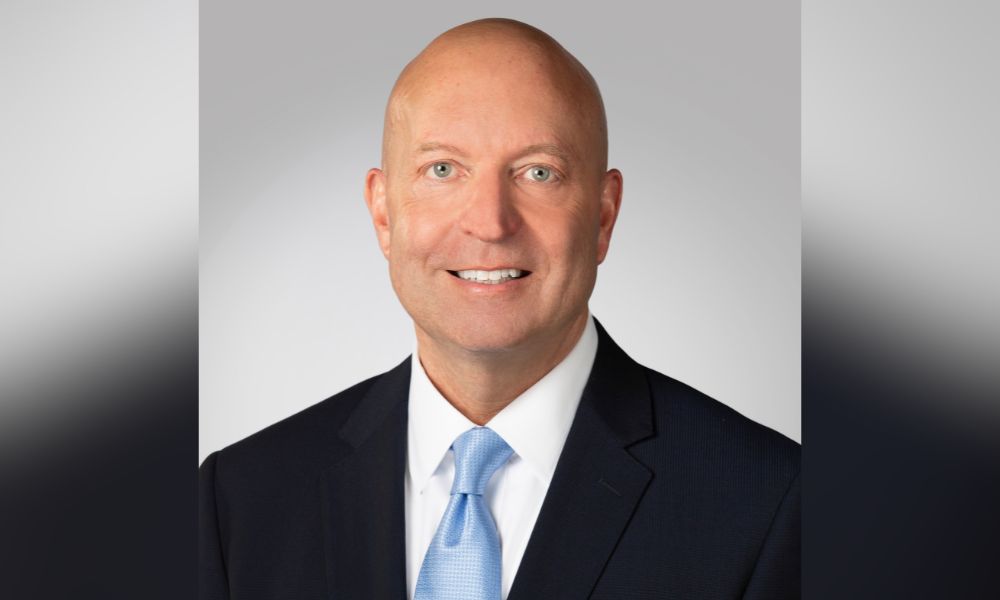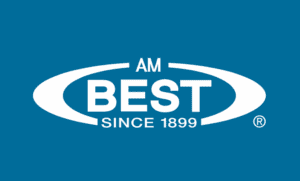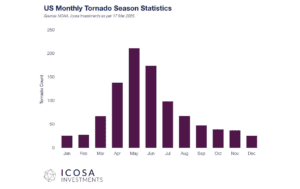SMEs could face pollution trouble after NY flood hit

SMEs could face pollution trouble after NY flood hit | Insurance Business America
Catastrophe & Flood
SMEs could face pollution trouble after NY flood hit
Argo environmental head flags policy exclusions
Catastrophe & Flood
By
David Saric
The heavy rainfall that New York City experienced in January may have proven costly for small businesses housing potentially dangerous chemicals, according to David Corry, Argo Group senior vice president, head of environmental.
“SMEs are very vulnerable to this weather event in the sense that the vast majority, if not all, of commercial liability policies and property & casualty policies have exclusions for pollution,” Corry said. “They may have a small sub limit for pollution cleanup, between $100,000 to $250,000, but It’s not a comprehensive pollution and environmental coverage grant.”
This is in stark contrast to larger corporations that may have a dedicated environmental insurance program that offers better protection against these types of weather occurrences.
While toxic chemicals, plastics, paints and solvents can all become dislodged from proper storage containers and leech into the environment, petroleum products or storage tanks are also equally vulnerable.
“Those tanks, even though they are built with steel and barrier protection, nothing can protect us against large water losses. And you will see that those tanks can become dislodged and shift on property onto third-party premises,” the SVP said.
In an interview with Insurance Business, Corry spoke about what types of uninsured losses can come from flood events and brokers can work with SMEs to avoid potentially heavy losses from heavy rainfall.
Why SMEs can pile up uninsured losses due to pollution
Within the insurance industry, when there is a nat cat such as flooding, there is much more information provided about the outcomes from a property loss perspective.
“When you typically think heavy rains or flooding, the mind immediately focuses on property losses, and I think it’s easier in the industry since we cat model property losses,” Corry said.
“On the liability side it’s a little more difficult because some individuals may have covered losses, some do not.”
This makes forecasting losses or claims from a flooding event much more difficult when analyzing the impact on commercial real estate operations and SMEs.
“If an insured were to submit a claim for a loss brought on by a third party alleging that chemicals on their property had escaped and leeched into the surrounding area, and they do not have coverage, the SME would need to seek out an environmental attorney to respond to that complaint,” Corry said.
“And those prices just to engage in environmental attorney, could be around $10,000 to $25,000 just as an initial fronting fee for the attorney to begin the process let alone start billing some hours.”
Additionally, local jurisdiction can also have an impact on the scope of the loss due to bylaws or other legislation.
“The business owner could face fines and penalties due to the pollution, in addition to economic loss from potential property damage and pollution cleanup,” Corry said.
In cases, regulators and lawmakers can be understanding in these scenarios of losses due to pollution and abnormal weather.
“They certainly take into consideration natural events. If the insured has shown that they are generally they’re in compliance with local or state legislation or have a positive history of working with the regulators, they may be able to avoid harsher fines,” Corry said.
“If an insured has a tightknit working relationship with the regulators, they’re certainly going to take that in consideration.”
How brokers can help prepare SMEs for the worst
Through a close partnership with an insured, brokers can help ensure that SMEs are on track to build resilience and avoid any potentially damaging uninsured losses.
“What’s important is that the insured has a hazard identification and understands that they have chemical solvents, paints, plastic, that can be classified as a pollutant,” Corry said.
Brokers can work with SMEs to review their policy to identify what exclusions could be problematic if they were to become victim to a nat cat event.
The insured doesn’t necessarily have to buy a large limit of pollution liability, maybe it’s only $1 million or $2 million in coverage, the SVP said.
“There are multiple carriers out there offering those coverages at very affordable rates, that the business owner can work with their broker for quote options and coverage protection options.
“If an insured is working with a carrier that is their partner in this and can accept the liability, that’s going to take a lot of weight off the shoulders of the business owner by the claim adjusters handling the case, working with the regulators on the fines or penalties and also for the push of cleanup.”
How prepared are SMEs for flood events? Let us know in the comment section below.
Related Stories
Keep up with the latest news and events
Join our mailing list, it’s free!






